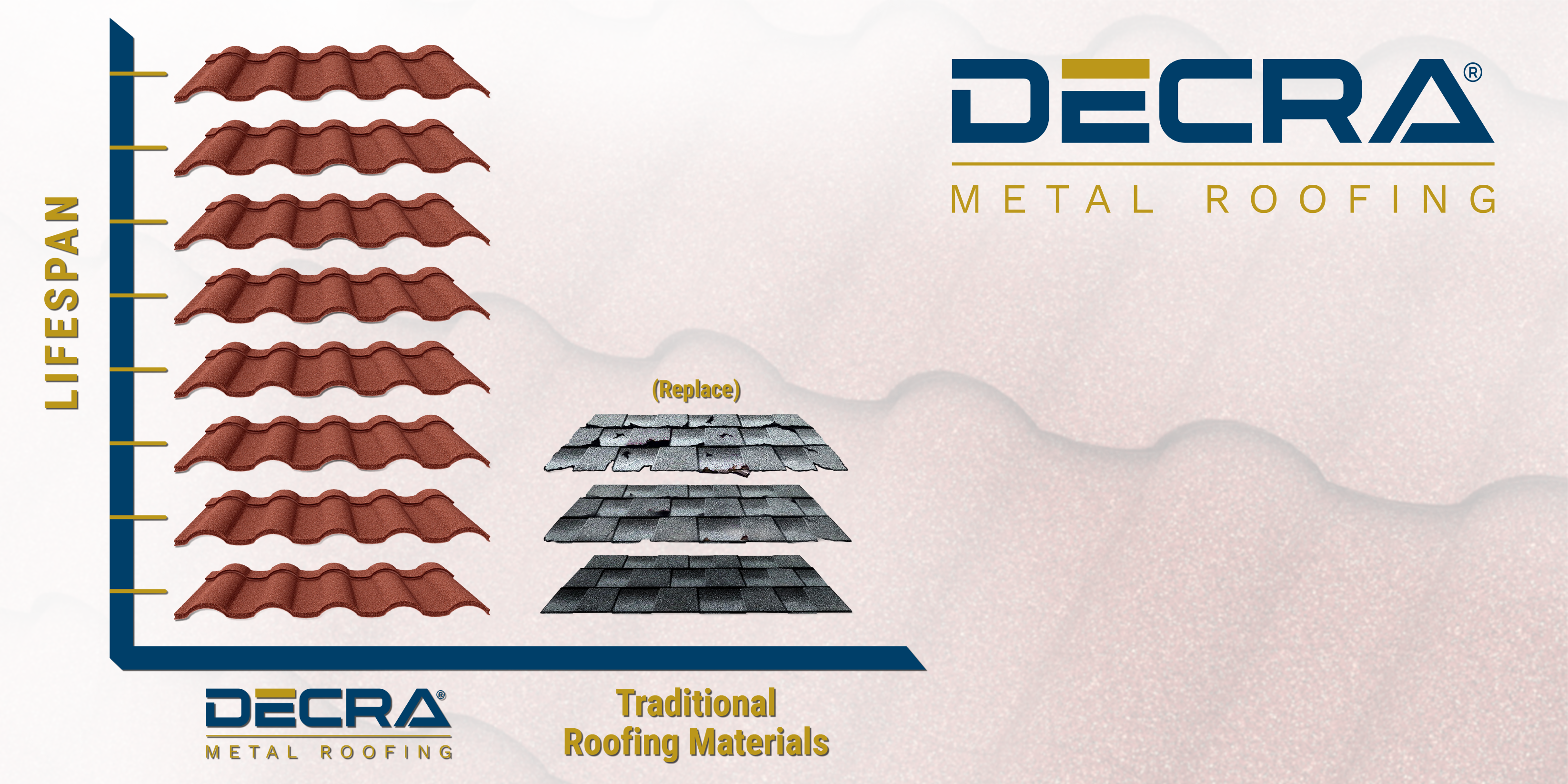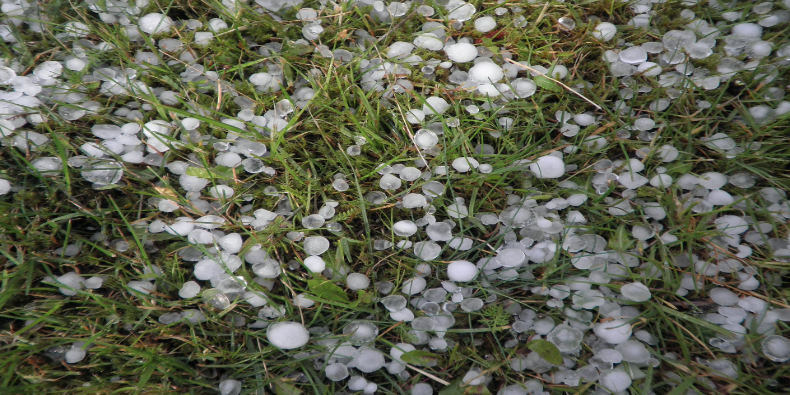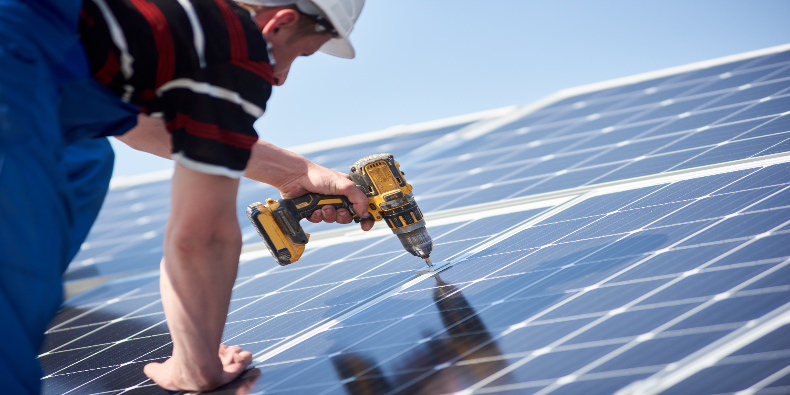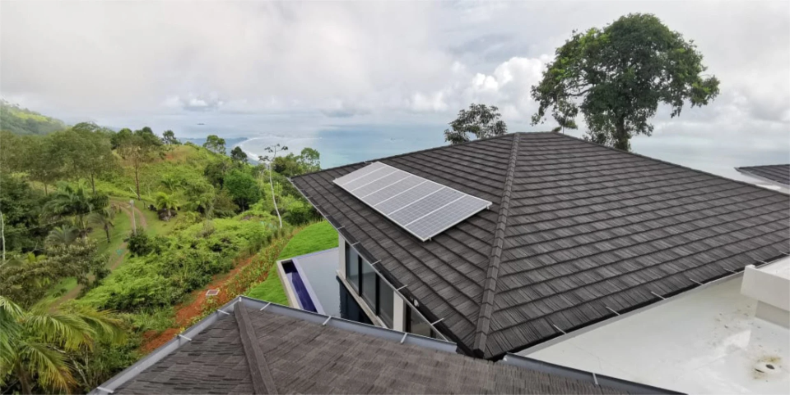The strongest type of roof for your family’s home is the one that provides the best defense against the climate and weather conditions in your area.
With the wide variety of climates across the U.S., you’ll want to consider the climate conditions that impact the region your home is located.
For example, a home in a tropical environment like Hawaii would need a corrosion-resistant roof that can withstand high winds, heavy wind-driven rain, and high humidity levels. A home in a snow-prone area requires a lightweight roof that is resistant to driving winds, snow and ice accumulation, and repeated freeze/thaw cycles.
To determine the strongest roof for your home, you’ll want to ask the following questions when comparing the different residential roofing options available.
- Overview of common residential roofing materials.
- Can the roof resist hail impact?
- Is the roof made from a fire-resistant material?
- Can the roof withstand hurricane-force winds?
- How long does the roof last?
Overview of Common Residential Roofing Materials
Let’s start by reviewing the most common types of residential roofing materials.
Asphalt shingles: Made from petroleum-derived products, asphalt shingles are the cheapest roofing material on the market. Most 3-tab asphalt shingles last 12-20 years, while dimensional (architectural) shingles can last longer. Due to their low price point, asphalt shingles have historically been the most common roofing material, but they have lost market share year-over-year to metal roofing and other modern roofing materials that offer superior durability, longevity, energy efficiency, and ROI.
Clay and concrete tiles: Traditional tile roofs are made from molded clay or terracotta baked at a high temperature. Concrete pressed into steel molds is another option. However, being among the heaviest roofing materials, clay and concrete tiles typically require reinforced construction at the exterior walls, interior load-bearing walls, and roof structure to support the additional weight adequately.
Metal roofing: Metal roofs can be made from different recyclable and sustainable metals, including copper, aluminum, and steel. They are available with standing seams or stamped designs, visible or non-visible fasteners, and virtually any color to match the style of your home. Despite being slightly more expensive than asphalt shingle roofs, metal roofing is the second most popular type of roofing material due to its longevity, durability, energy efficiency and high ROI.
Wood shakes and wood shingles: Wood shakes and shingles are cut or split from cedar, cypress, pine, or redwood. They were popular throughout the 1800s, but fell out of favor as more affordable and durable roofing materials were introduced. The terms wood shakes and wood shingles are used interchangeably, but there is a subtle difference. A wood shingle is sawed on both sides with a thinner 1/2" butt. The thicker 3/4" shake is usually split down one or both sides.
Can the Roof Resist Hail Impact?
Severe hail events are on the rise. The Insurance Information Institute (III) reported 6,962 hail events in 2023, compared to only 4,436 events in 2022, and the 2024 hail season is already breaking records for hail severity and frequency.
If hail is common where you live, be sure to look for a roofing material with the highest Class 4 hail impact rating.
The UL2218 Impact Rating test from Underwriters Laboratories is considered the industry standard for a roofing product’s ability to withstand impact from hail or debris. To achieve the highest Class 4 rating for hail impact, a roofing material must withstand 2-inch steel balls from a height of 20 feet without showing any signs of damage.
>>>Related Resource: What is the Best Type of Roof for Hail?
Is the Roof Made from a Fire-Resistant Material?
Amidst the destruction of the 2023 Lahaina fire, one house stood remarkably intact. Known as the "Lahaina Miracle House," its survival in an area where many other homes were reduced to ashes has been credited–both by the homeowners and industry experts–to its metal roof.

Image Source: Kevin Fujii, Civil Beat, 2023
As stated in the article, Can a Metal Roof Save Your Home From a Wildfire? on BobVilla.com, “When it comes to home wildfire safety, there aren’t many surefire ways to ensure a house will remain unscathed. But experts have been touting metal roofs as one of the only real preventative measures that can be taken.”
If you live in a wildfire-prone region, choose a roofing product with a Class A fire resistance rating.
Roofs with a Class A fire resistance rating have proven to be the most effective against severe fire tests, providing protection against flame penetration and surface flame spread without the need for additional treatments.
>>>Related Resource: What is the Best Type of Roof for Fire?
Can the Roof Withstand Hurricane-Force Winds?
Miami-Dade County, Florida, has the strictest roofing codes in the nation due to the frequency and severity of hurricanes the region experiences from June through November. Even if you don’t live in a hurricane zone, a roofing product that is approved for high-velocity hurricane zones (like Miami-Dade County) will ensure superior protection against high winds.
Remember, high winds often occur alongside other severe weather conditions like thunderstorms, wind-driven rain, and hail. For this reason, it's important to choose a roof that can handle more than just strong winds, including:
- Wind-driven debris: Look for a roof with the highest Class 4 impact rating.
- Wind-driven rain: Look for a roof that has undergone TAS-100 testing and is proven to prevent rain from penetrating the underlying deck.
- Wind uplift: Roofing products that have a high wind uplift rating, a critical safety metric for building and testing roof systems.
>>>Related Resource: What roofs are best for high winds?
How Long Does the Roof Last?
The strength of a roofing material is directly correlated to its lifespan, and a durable roof will last longer.
Here’s how long some of the most common roofing materials last:

A warranty demonstrates the roofing manufacturer’s confidence in the quality of its product. Thoroughly evaluating the manufacturer's warranty is one of the best ways to evaluate a roof's strength and lifespan.
When comparing warranties, be sure to read the fine print carefully. For example, some manufacturers provide only basic warranty coverage for the product (if at all). Others may charge extra for different warranties against wind or hail, or prorate the warranty length. The strongest roof will come standard with a Lifetime Limited Warranty that covers hail and wind. Some manufacturers, such as DECRA, even allow the warranty to be transferred to new owners should you sell your home.
>>>Related Resource: What roof lasts the longest?
About DECRA Metal Roofing
 Metal roofing has dominated the industrial sector for well over a century. Warehouses, factories, and other industrial properties have benefited from the industrial strength, durability, and longevity only metal roofing can provide.
Metal roofing has dominated the industrial sector for well over a century. Warehouses, factories, and other industrial properties have benefited from the industrial strength, durability, and longevity only metal roofing can provide.
While metal roofing provides industrial strength and durability, it historically lacked the style, beauty, and aesthetics required for most residential buildings and family homes.
This changed in 1957 when DECRA Metal Roofing introduced stone-coated metal roofing. Engineered to bridge the gap between industrial durability and architectural beauty, stone-coated metal roofing gave homeowners a durable roofing solution without sacrificing style.
DECRA metal roofs also offer a lengthy list of other homeowner-friendly benefits, including:
- Longevity: Last two to three times longer than traditional roofing materials, such as asphalt shingles.
- Durability: Engineered to resist hail, hurricane-force winds, tornadoes, fire, and anything else Mother Nature or a natural disaster has to throw at it.
Homeowners Insurance: Installing a metal roof on your home can reduce insurance premiums due to their fire and weather resistance. Consult your insurance agent to learn more about these savings. - Energy-Efficient: DECRA metal roofs are among the most energy-efficient roofs on the market and can reduce energy costs by up to 40%.
- Low Maintenance: DECRA roofs are extremely low maintenance and don’t require the frequent upkeep, treatments, and repairs of traditional roofing materials.
- Environmentally-Friendly: Metal roofs are a sustainable product that is 100% recyclable at the end of their lifespan.
- Lightweight: Because they are so lightweight, DECRA metal roofs often eliminate the need to tear off the existing roof, diverting more waste from landfills. Check with your local building department to learn more about tear-off requirements.
- Strength-to-Weight Ratio: DECRA metal roofs provide an exceptional strength-to-weight ratio because they add shear strength reinforcement to the roof deck and structure, which is critical for homes in hurricane and earthquake-prone regions. Metal roofs don’t require additional reinforcement or construction to support the roofing material’s weight like clay or concrete tiles, for example.
Since 1957, DECRA Metal Roofing has set the industry standard for safety, durability, and longevity. Manufactured at our state-of-the-art facility in California, DECRA products are extensively tested by third-party labs to ensure that every panel we produce meets our strict standards for quality and unparalleled durability.
Ready to see and feel the DECRA difference? Order a complimentary sample today.
Editor’s Note: This blog was originally published in March 2022, but has been updated with relevant information.










